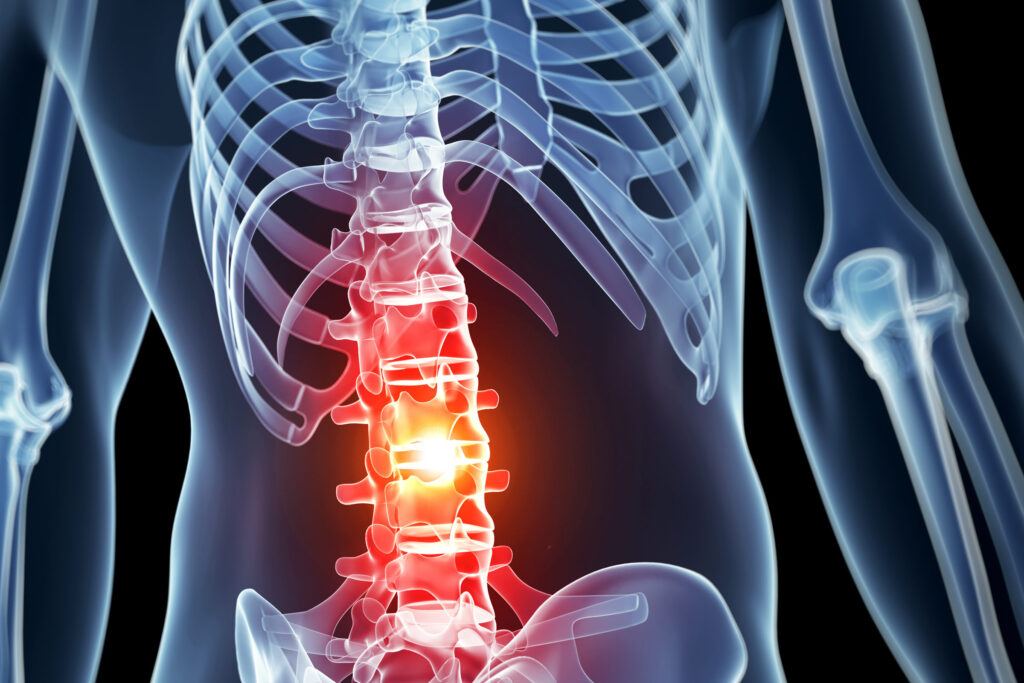Keio University researchers have successfully transplanted into a patient with a severe spinal cord injury two million neural progenitor cells derived from other people’s iPS cells as part of a clinical study, offering hope for the paralyzed.
The patient is doing well.
Over the next year, while the patient undergoes rehabilitation, the team of doctors will see how safe and effective the treatment is.
The treatment is designed for patients with “complete paralysis” who are within two to four weeks of sustaining a spinal cord injury, called the subacute phase.
The iPS cells used were stockpiled by Kyoto University’s Center for iPS Cell Research and Application.
While rehabilitation is currently the only effective treatment for a spinal cord injury, the team believes that the transplanted cells could repair damaged neural circuits and create new tissue that can transmit signals from the brain.
The team plans to do the transplant into four more patients with spinal cord injuries.
While Japan’s Ministry of Health, Labor, and Welfare approved this clinical trial in February 2019, the process of finding suitable patients was postponed due to the COVID-19 pandemic.



 Astronomers have discovered another puzzling interstellar object − this third one is big, bright and fast
Astronomers have discovered another puzzling interstellar object − this third one is big, bright and fast  SpaceX Starship Test Flight Reaches New Heights but Ends in Setback
SpaceX Starship Test Flight Reaches New Heights but Ends in Setback  Asian Currencies Edge Higher as Markets Look to Fed Rate Cut; Rupee Steadies Near Record Lows
Asian Currencies Edge Higher as Markets Look to Fed Rate Cut; Rupee Steadies Near Record Lows  NASA and Roscosmos Chiefs Meet in Florida to Discuss Moon and ISS Cooperation
NASA and Roscosmos Chiefs Meet in Florida to Discuss Moon and ISS Cooperation  Citi Sets Bullish 2026 Target for STOXX 600 as Fiscal Support and Monetary Easing Boost Outlook
Citi Sets Bullish 2026 Target for STOXX 600 as Fiscal Support and Monetary Easing Boost Outlook  Eli Lilly’s Inluriyo Gains FDA Approval for Advanced Breast Cancer Treatment
Eli Lilly’s Inluriyo Gains FDA Approval for Advanced Breast Cancer Treatment  Dollar Holds Steady as Markets Shift Focus to 2026 Rate Cut Expectations
Dollar Holds Steady as Markets Shift Focus to 2026 Rate Cut Expectations  Tabletop particle accelerator could transform medicine and materials science
Tabletop particle accelerator could transform medicine and materials science  U.S. Futures Steady as Rate-Cut Bets Rise on Soft Labor Data
U.S. Futures Steady as Rate-Cut Bets Rise on Soft Labor Data  CDC Vaccine Review Sparks Controversy Over Thimerosal Study Citation
CDC Vaccine Review Sparks Controversy Over Thimerosal Study Citation  European Oil & Gas Stocks Face 2026 With Cautious Outlook Amid Valuation Pressure
European Oil & Gas Stocks Face 2026 With Cautious Outlook Amid Valuation Pressure  Asian Markets Mixed as Fed Rate Cut Bets Grow and Japan’s Nikkei Leads Gains
Asian Markets Mixed as Fed Rate Cut Bets Grow and Japan’s Nikkei Leads Gains  Kennedy Sets September Deadline to Uncover Autism Causes Amid Controversy
Kennedy Sets September Deadline to Uncover Autism Causes Amid Controversy  Asian Markets Stabilize as Wall Street Rebounds and Rate Concerns Ease
Asian Markets Stabilize as Wall Street Rebounds and Rate Concerns Ease  Japan’s Nikkei Drops as Markets Await Key U.S. Inflation Data
Japan’s Nikkei Drops as Markets Await Key U.S. Inflation Data 































